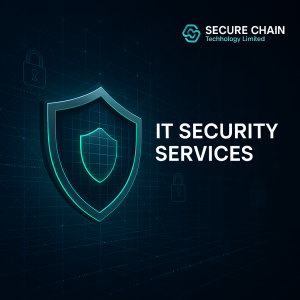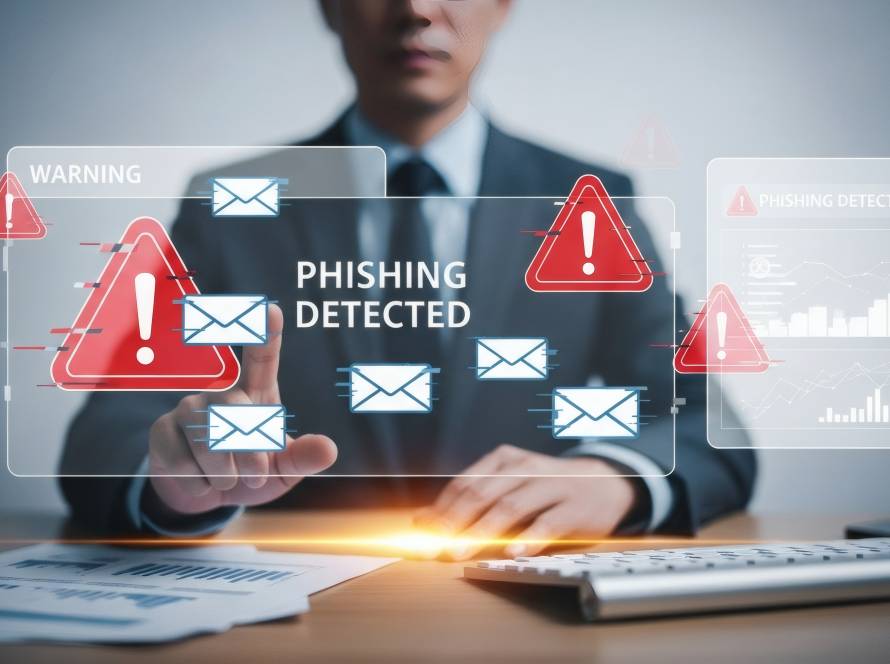As remote and hybrid work models become the norm, organisations must adapt their cybersecurity strategies to protect sensitive data, maintain compliance, and ensure business continuity. This blog explores the most effective IT security practices for remote work, aligned with the requirements of Cyber Essentials and ISO 27001.
1. Secure Remote Access
Why it matters: Remote access is a primary attack vector. Misconfigured VPNs, weak authentication, and unsecured endpoints can expose critical systems.
Best Practices:
- Use VPNs with strong encryption (e.g. IPsec or SSL) for all remote connections.
- Enforce Multi-Factor Authentication (MFA) for all remote access points.
- Apply least privilege access—only grant users the access they need.
- Monitor remote access logs for anomalies.
Standards Reference:
- ISO 27001 A.13.2
- Cyber Essentials: Secure configuration and access control
2. Endpoint and Device Security
Why it matters: Remote workers often use personal or unmanaged devices, increasing the risk of malware, data leakage, and unauthorised access.
Best Practices:
- Deploy anti-malware software and ensure it is regularly updated.
- Enforce device encryption for laptops, tablets, and smartphones.
- Apply secure baseline configurations and auto-lock policies.
- Use Mobile Device Management (MDM) to enforce security policies remotely.
Standards Reference:
- ISO 27001 A.12.5, A.18.1
- Cyber Essentials: Malware protection, patch management
3. Network and Wi-Fi Security
Why it matters: Home networks are often less secure than corporate environments, making them a soft target for attackers.
Best Practices:
- Encourage employees to use Ethernet connections or secure Wi-Fi with WPA3.
- Prohibit the use of public Wi-Fi unless connected via VPN.
- Segment home networks where possible (e.g. guest networks for personal devices).
Standards Reference:
- ISO 27001 A.13.1
- Cyber Essentials: Firewall and router configuration
4. Data Protection and Compliance
Why it matters: Remote work increases the risk of data breaches, especially when sensitive data is accessed or stored outside the corporate perimeter.
Best Practices:
- Encrypt data in transit and at rest.
- Implement Data Loss Prevention (DLP) tools to monitor and block unauthorised transfers.
- Conduct regular backups and test recovery procedures.
- Ensure compliance with GDPR, ISO 27001, and Cyber Essentials Plus.
Standards Reference:
- ISO 27001 A.18.1, A.12.3
- Cyber Essentials: Secure data storage and backup
5. User Awareness and Behavioural Safeguards
Why it matters: Human error remains the leading cause of security incidents.
Best Practices:
- Provide mandatory security awareness training for all remote staff.
- Reinforce clear desk and screen policies, even at home.
- Encourage the use of privacy screens and headsets to prevent eavesdropping.
- Include remote work security in your Acceptable Use Policy (AUP).
Standards Reference:
- ISO 27001 A.7.2.2, A.6.2
- Cyber Essentials: User access control and training
6. Integration with Cyber Essentials and ISO 27001
Cyber Essentials focuses on five key controls:
- Firewalls
- Secure configuration
- User access control
- Malware protection
- Patch management
ISO 27001 provides a broader framework for managing information security risks through its Information Security Management System (ISMS). Clause 6.7 specifically addresses remote working, requiring organisations to assess and mitigate risks associated with off-site access
Together, these standards offer a layered defence strategy that balances technical controls with governance and user behaviour
Securing remote work environments requires more than just technology—it demands a holistic approach that combines policy, training, and continuous monitoring. By aligning with Cyber Essentials and ISO 27001, organisations can build a resilient, compliant, and secure remote workforce.





